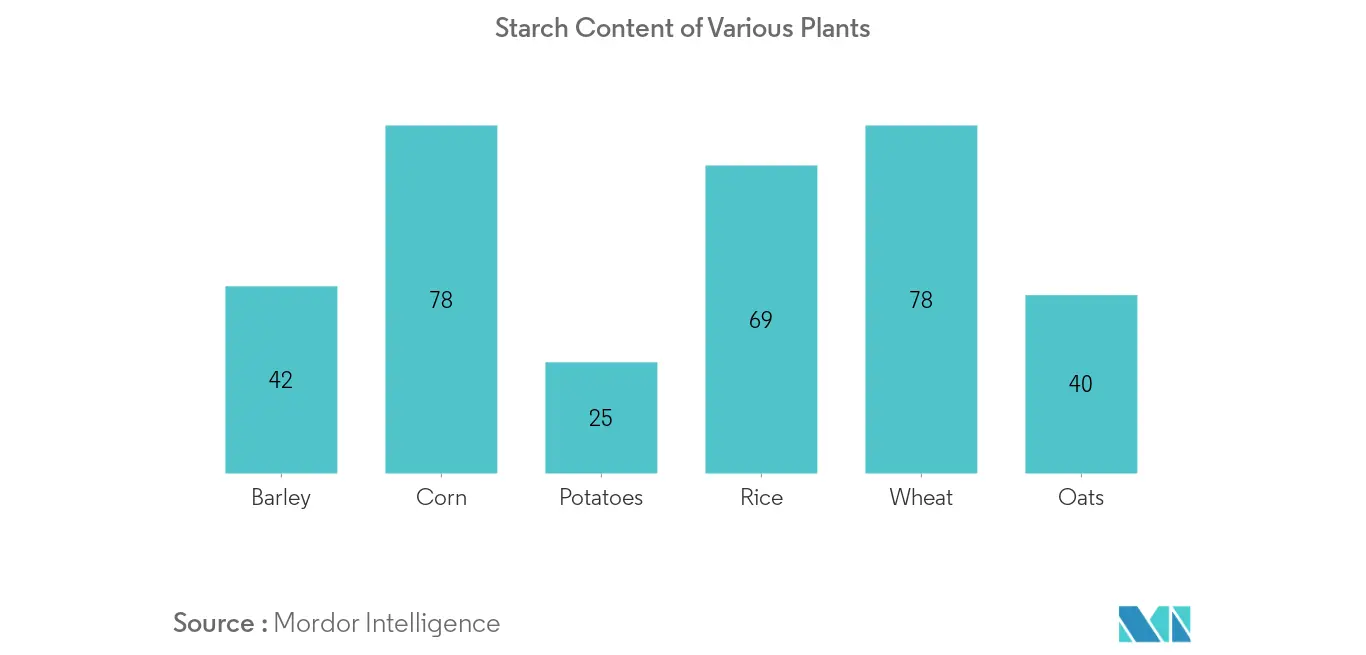Market Trends of Germany Starch Derivatives Industry
This section covers the major market trends shaping the Germany Starch Derivatives Market according to our research experts:
Growing Textile Industry in the Country
A long history of production, innovation, and adaptation has placed textile and clothing among the leading industries in Germany. They take second place only to food and drink in the German market. The German industry is, primarily, composed of small and medium sized companies which, over recent decades, have seen a transformation from low-cost high-volume production to that of high quality. The cloth textile industry is made up of about 1,800 small scale industryand medium large sized enterprises, with around 1,24,500 professional workersin the apparel, fabrics, yarn, manmade and natural fiber, and textile industries in Germany.

Wheat Sourced Starches Hold a Prominent Market Share
Wheat starch is made from hydrated flour; once the flour has been treated, the gluten matrix forms, and the starch can be washed out. Wheat starch assists with texture, viscosity, gel formation, adhesion, binding, and moisture retention, and it can be used as a fat substitute. It also works as an emulsifier, stabilizer, and clouding or glazing agent. Starches from soft wheat contain high amounts of surface lipids and proteins, and they exhibit lower paste viscosity, whereas that from hard cultivars contain high proportion of small granules and amylose content, but lower gelatinization temperature and enthalpy.


